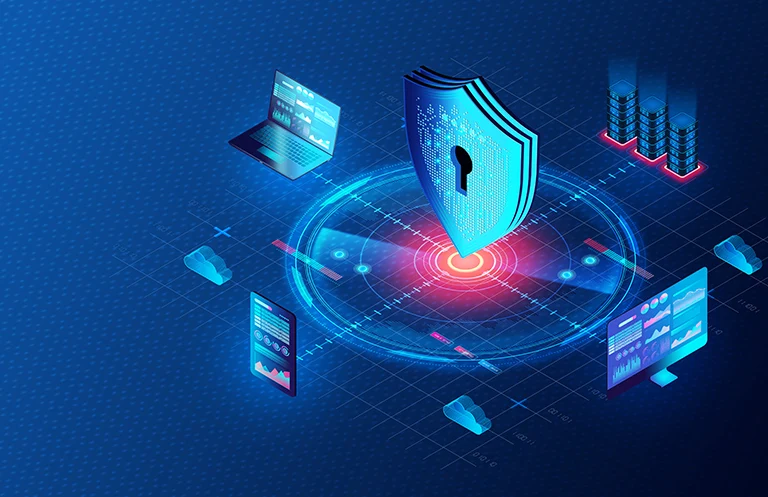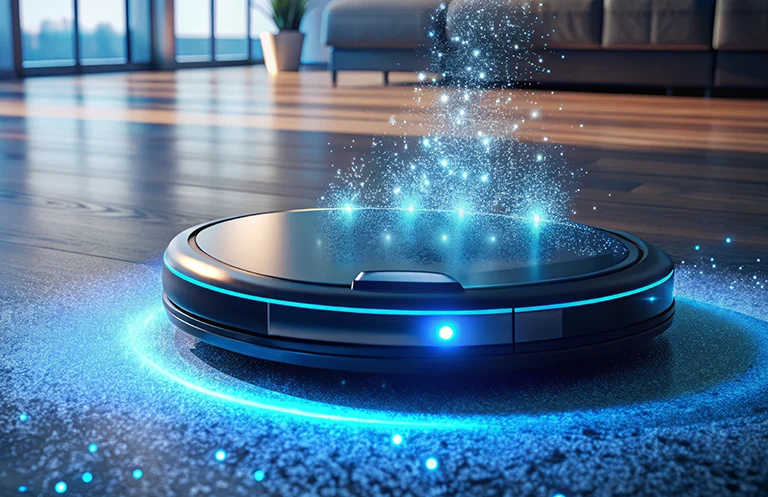Embedded software engineers that have a proper understanding of the corresponding hardware are hard to find. When application developers were moving to newer languages like Java and C++, embedded programmers were still moving from assembly language to C. The reason for slower technology adoption is having lesser number of embedded programmers, who need to thoroughly understand the hardware platform on which their code runs.
The Internet of Things is about to make some tremendous changes in this equation. As sensors and actuators are added to the everyday devices such as refrigerators, toasters, and thermostats, more embedded programmers will be needed to code the corresponding IoT applications, and more tools will be required to allow those programmers to code the application without knowing each and every aspect of the hardware. This represents a huge opportunity for the embedded industry – where the code is closely tied to the hardware.
Embedded systems will play a major role in the progress of the Internet of Things as they perform specific functions with real-time computing, low maintenance, low power consumption, and high availability. All the leading embedded players in the market are aiming to include these factors in their products to gain the advantage of the booming IoT market.
In this process, the area that is going to be transformed majorly is the real-time operating system (RTOS).
Let us have a look at the role of RTOS in the embedded IoT systems:
Synchronization Tools
An RTOS solution contains synchronization tools, which are not present in bare-metal schedulers. For instance, RTOS systems have semaphores, which are used to control access to common resources that are used by multiple processes in a concurrent system; and then there are mutexes to protect a shared resource. If the system is performing multiple tasks and has resources that need synchronization, an RTOS is an ideal choice.
Concurrency
Microcontroller-based systems usually need to run multiple tasks, but have only one processing core. In such cases, when several tasks need to be executed at the same time, using an RTOS seems to be a better option. With an RTOS, many operations can be in the memory simultaneously and it gets a lot easier to switch between tasks based on their priority.
Resource allocation to avoid task interruption
RELATED BLOG
When it comes to executing multiple tasks, an RTOS is considered as the best option since it can manage the hardware resources, memory, and sharing data of data between tasks. Thus, each task is allocated/assigned a defined memory space and resources, with a predictable usage to avoid any interruption of the running tasks.
Pre-emption
The real-time operating system also comes with the ability to temporarily suspend a particular task if there is a need to execute a task with higher priority. If the embedded system requires prioritization of tasks, RTOS is the most-fitting operating system. An RTOS can determine which task should be executed at a given point in time on the basis of task priority.
Third-party software
It is a challenge for many developers to incorporate third-party tools and software into their embedded systems. A wide range of third-party tools and stacks that are currently available in the market are compatible with various RTOSs. Using RTOS can significantly accelerate the software development cycle by allowing plug-and-play for all these third-party components.
RTOS (Real-Time Operating System) plays a pivotal role in the functioning of embedded systems, ensuring precise task execution and control in real-time applications. As we step into 2024, the realm of RTOS for embedded systems is witnessing significant trends that demand our attention and consideration.
1. Safety-Critical Domains
The integration of embedded systems in safety-critical domains like autonomous vehicles and medical devices necessitates RTOSs that adhere to rigorous safety standards such as ISO 26262 and IEC 61508. The trend leans towards RTOSs designed with these certifications in mind.
2. Edge Computing
The surge in edge computing has prompted the development of RTOSs tailored for edge devices. These RTOSs are engineered to efficiently process data at the edge, delivering real-time responsiveness and fortified security measures.
3. IoT Adaptation
IoT proliferation necessitates RTOSs that cater to the unique needs of IoT applications, such as energy efficiency, a minimal memory footprint, and seamless cloud connectivity. Expect a surge in RTOSs customized for IoT environments.
4. AI and Machine Learning Integration
Embedded systems increasingly incorporate AI and machine learning functionalities. As a result, RTOSs are evolving to support efficient neural network inference and deep learning workloads.
5. Enhanced Security Features
Security is a paramount concern in embedded systems, particularly in critical sectors. RTOSs are responding by bolstering security features, including secure boot processes, fortified communication protocols, and hardware-based security mechanisms.
6. Open-Source RTOS
The open-source movement is gaining momentum in the RTOS domain, offering cost-effective solutions and a strong community-driven support system. The growth of open-source RTOS projects is set to continue.
7. Multicore and Heterogeneous Processors
Embedded systems increasingly rely on multicore and heterogeneous processors. RTOSs are evolving to efficiently utilize these architectures, optimizing resource management and real-time task allocation.
8. Containerization and Virtualization
Embedded systems are exploring containerization and virtualization technologies. RTOSs are adapting to offer greater flexibility and scalability in embedded applications, aligning with trends seen in broader IT landscapes.
In summary, the landscape of RTOS for embedded systems is in constant flux to meet the evolving demands of modern applications. Engineers and developers should keep a watchful eye on these trends to make informed decisions when selecting and implementing RTOS solutions for their projects. Whether it’s safety-critical systems, IoT devices, or AI-powered applications, choosing the right RTOS is pivotal in achieving real-time performance and unwavering reliability.
Wrap up
A real-time operating system is available for all the major applications and microcontrollers that you can think of. No matter how small or big the function is, an RTOS exists that can be used to run that system quickly and efficiently. Whether a developer needs to create a prototype or develop a robust security system, RTOSs can be leveraged for all such cases.
Utilizing RTOS is really easy and powerful, but IoT system developers need to consider their system design and thoroughly analyze their tasks before getting started. Even though RTOS is powerful, an improper implementation may result in catastrophic outcomes.
eInfochips has in-depth experience in the embedded systems. As we have an extensive experience of developing system hardware, it gives us the ability to better understand the embedded systems and its firmware. If you need to create a robust solution for your embedded systems, get in touch with us.












